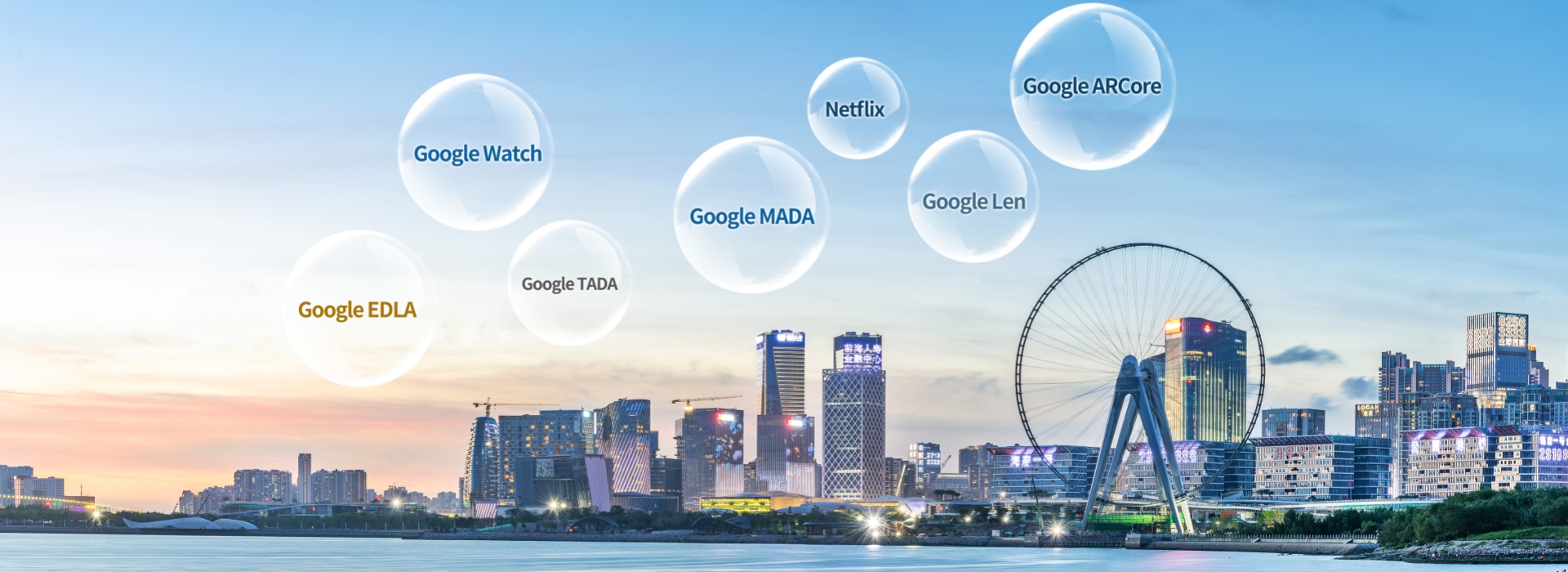Google earphone Fast Pair Certification and Spatial Audio Certification
I. Google Fast pair certification
1.Fast pair function introduction
Fast pair uses the ‘Nearby’ platform to enable one-click pairing with Bluetooth devices.
Device manufacturers can implement fast pairing specifications to provide users with an easier out-of-the-box experience, and can also use the device console to manage their devices.

Google Fast Pairing Service (GFPS), also known as Fast Pairing (FP), is a component of the Nearby Platform that enables fast, power-efficient device pairing using Bluetooth Low Energy (BLE).GFPS is designed to accommodate a wide range of devices, from in-ear headphones to loudspeakers, and enables partners to implement FP functionality across product lines. The specification also includes several extensions that partners can implement to provide additional functionality to their customers.
2. Certification Process
2.1. Integrate and validate GFPS on the device.
2.2. Prepare a self-test report.
2.3. Submit your device for certification.
2.4. Obtain Google‘s official certification and have the authority to enable GFPS.
II. Google Spatial audio certification
1.Spatial audio function introduction
Spatial audio is used to create a sound field that surrounds the listener. With spatial audio, users are able to perceive channels and individual sounds in a position different from the actual position of the inverter of the audio device used for playback. For example, the Spatial Audio function enables the user to listen to multi-channel audio tracks through headphones. When using the spatial audio feature, the user can perceive the dialogue in front of them, as well as the surround effect behind them, even though the headset only has two inverters for playing audio.
The head tracking feature helps the user understand the nature of the spatialised sound field simulated around their head. This experience is only effective if the delay time is short, measured as the time difference between the user turning their head and hearing the virtual speaker position move accordingly.
2. Spatial audio requirements
2.1. The audio HAL and audio DSP must support a dedicated output path for spatial audio.
2.2. The headset must include a built-in head tracker sensor in order to listen to head-tracked spatial audio.
2.3. The implementation must conform to the proposed standards for head tracking via the HID protocol from Bluetooth headsets to mobile phones.
2.4. To implement spatial audio support, you need to use Audio HAV v7.1.
3. Spatial audio certification
Enables Original Equipment Manufacturers (OEMs) to support spatial audio and head tracking without vendor-specific customisations or SDKs.
Mobile phones and tablet devices are included in the GMS certification with hardware support and the assertion ro.audio.spatializer_enabled=true.
Headset-related certifications open after Android 15.
Welcome to contact us for Google earphone fast pair certification and Spatial audio certification testing, we can complete Google EDLA, Google MADA, Google Auto, Google Lens, Google ARCore, Google TADA, Google Android Watch, Google Android ATV, GTV and other projects in parallel.
Welcome to contact us for Google earphone fast pair certification and Spatial audio certification testing, we can complete Google EDLA, Google MADA, Google Auto, Google Lens, Google ARCore, Google TADA, Google Android Watch, Google Android ATV, GTV and other projects in parallel.
Recommended items
-

Google Lens Testing Certification under Google GMS Certification
Google Lens, also known as Google Smart Lens, utilizes your phone‘s camera to search and recognize objects in the world. When you point your phone‘s camera at an object, Google Lens attempts to identify it and displays relevant search results and information. For example, if you aim your phone‘s camera at a flower, it provides search results indicating the type of flower, along with ot...View more -

Google Android TV certification project process and testing content
Google Android TV certification is a program by Google that ensures a device meets a set of requirements and standards before being allowed to use the Android TV operating system. This certification ensures that the device is compatible with the Android TV platform and the user experience meets the standards set by Google. Device manufacturers must meet certain hardware and software ...View more -

Deeplight - Google ARCore test certification service
ARCore is Google‘s platform for creating augmented reality experiences. ARCore uses the sensors and cameras of mobile devices to enable your phone to sense its environment, understand the world, and interact with information through different apis. To use Google‘s ARCore features, devices need to be tested and certified before they can pre-load or use Google ARCore apk....View more




